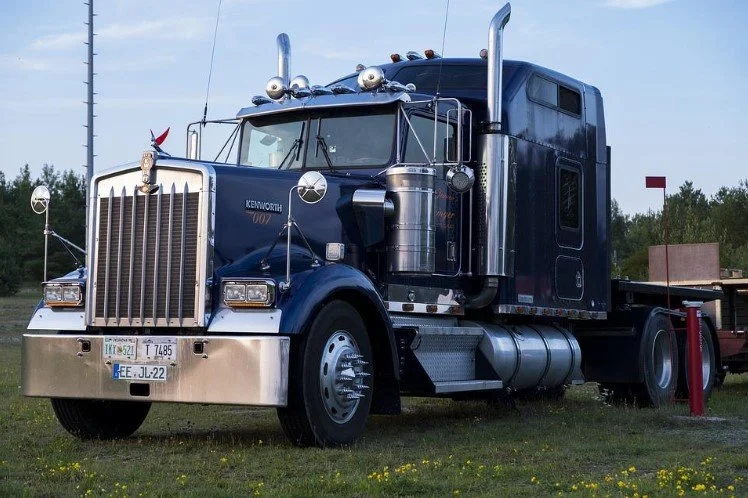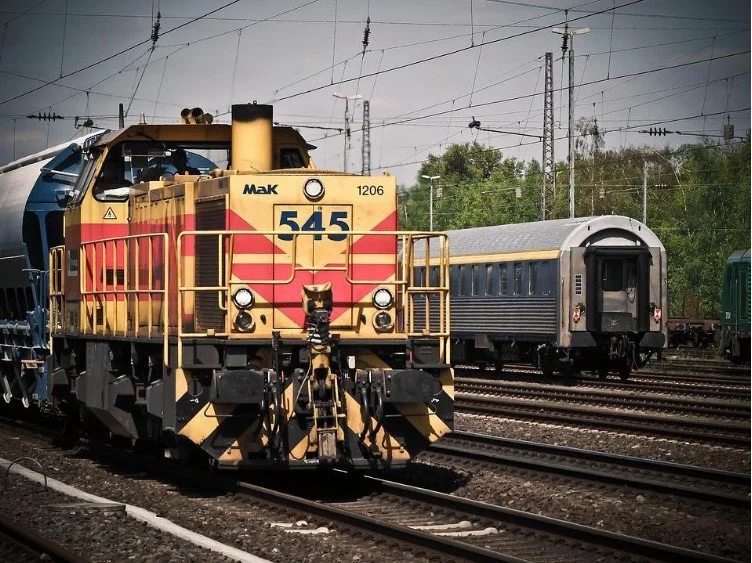Several construction companies prefer to rent construction equipment from rental companies, as it is a better financial option. The construction equipment rental business is expected to grow by 2.8% in 2022, making renting a more appealing option. If your construction business operates similarly to the businesses in this industry, you also don’t own your equipment and would always need to have your rented equipment transported to you. However, getting heavy construction equipment shipped to your construction site can seem extremely daunting. Fortunately, there are several ways to make the process much easier. Here are a few options.
Flatbed trailer
Flatbed trailers are one of the most common ways to ship big construction equipment. These trailers have open beds that carry heavy loads that would otherwise be difficult to drive long distances, making them one of the best options for transporting cargo each day. Using a flatbed trailer saves you a lot of time on the road and ensures safety.
Another benefit of using a flatbed trailer is that they have fewer limitations than other transportation methods. Its open space makes it possible to transport extremely bulky and heavy items. However, it comes with a little risk, as some equipment and materials stored are more likely to fall off if chains or ropes aren’t securely fastened around them.
Flatbeds are certainly the easiest trailers to load and use in many situations. A gooseneck can make loading and unloading even easier. It is always worth looking for a gooseneck flatbed trailer for Sale Victoria.
Specialized trailers
If your heavy construction equipment is too big for a standard flatbed trailer, you may consider renting a specialized trailer to ensure it arrives safely to you. For overly heavy equipment, you might need a double drop trailer or a step deck, which are different types of flatbed trailers with built-in levels designed to help you fit any equipment.
To keep your equipment and trailers running smoothly during transport, reliable refueling options are essential. Services like diesel fuel delivery can ensure that your vehicles and machinery stay fueled without disrupting your schedule, minimizing downtime and keeping projects on track.
Barges
Barges are mainly used to transport a wide range of cargo over water bodies. If you aren’t familiar with barges, you might be questioning why it’s on this list. However, there are several benefits of barge transportation. These flat-bottomed water vehicles help relieve traffic congestion on the roads. Roadways can easily become congested, especially in high population areas, which can cause delays if you’ve requested your construction equipment be transported by road. On the other hand, a single 15-barge tow can move over 1,000 semi-trailer trucks!
Barges are also safer options than rail and truck. Because they are designed to hold more items, the chances of your cargo falling off or spilling are less likely to happen. Also, barge transportation accounts for less air pollution than the other options making it an ideal option for an environmentally conscious company. They barely take up land space, as they operate on waterways. If barge transportation is a method of transportation you might be interested in, there are several marine barging services ready to assist you.
Towing
Heavy-duty towing is best used for transporting construction equipment within a short distance. Heavy-duty towing trucks are much larger than a regular car and can tow more weight. A very good towing truck can have a combined recovery force of 20 tons.
Apart from distance, you must also consider the size, shape, and dimensions of the equipment you want to be hauled to your construction site, as it can affect how much you will be charged. Smaller equipment is easier to tow and less expensive, whereas bulkier equipment will fetch quite a high price.
Rail transport
If you have to ship heavy construction to your site and are looking for more affordable transportation means, rail shipping might be an excellent choice. It’s also a fairly simple process. You have to identify a rail carrier that can carry your equipment and load it onto the train. However, depending on your shipment’s destination, you might need to hire another transportation method to have your items delivered to you from the rail station.
While railway transportation might be a cheaper alternative to the others, it’s not always the case. Other factors include your construction site’s distance to major rail points, the distance between the location and delivery point, the weight of what you are transporting, border crossings (if any), and any additional transportation services. Nonetheless, rail transportation is more cost-effective for extremely large and bulky equipment.
If you are not pressed for time, rail transportation is worth considering. Most trains operate on a fixed schedule and do not offer regular point-to-point delivery as trucks can. The good thing about the fixed schedules is that you have a more accurate estimation of when to expect your equipment to arrive.
Transporting heavy equipment, especially as you work in different locations, might sometimes seem daunting and impossible. Fortunately, these transportation methods can help you identify which method to use and the best time to use them.



